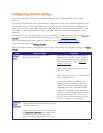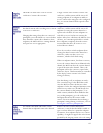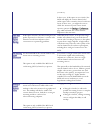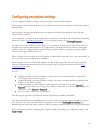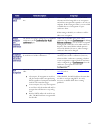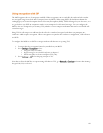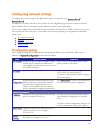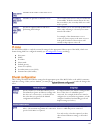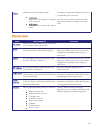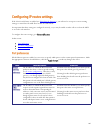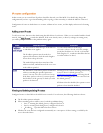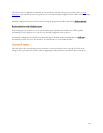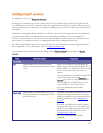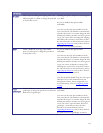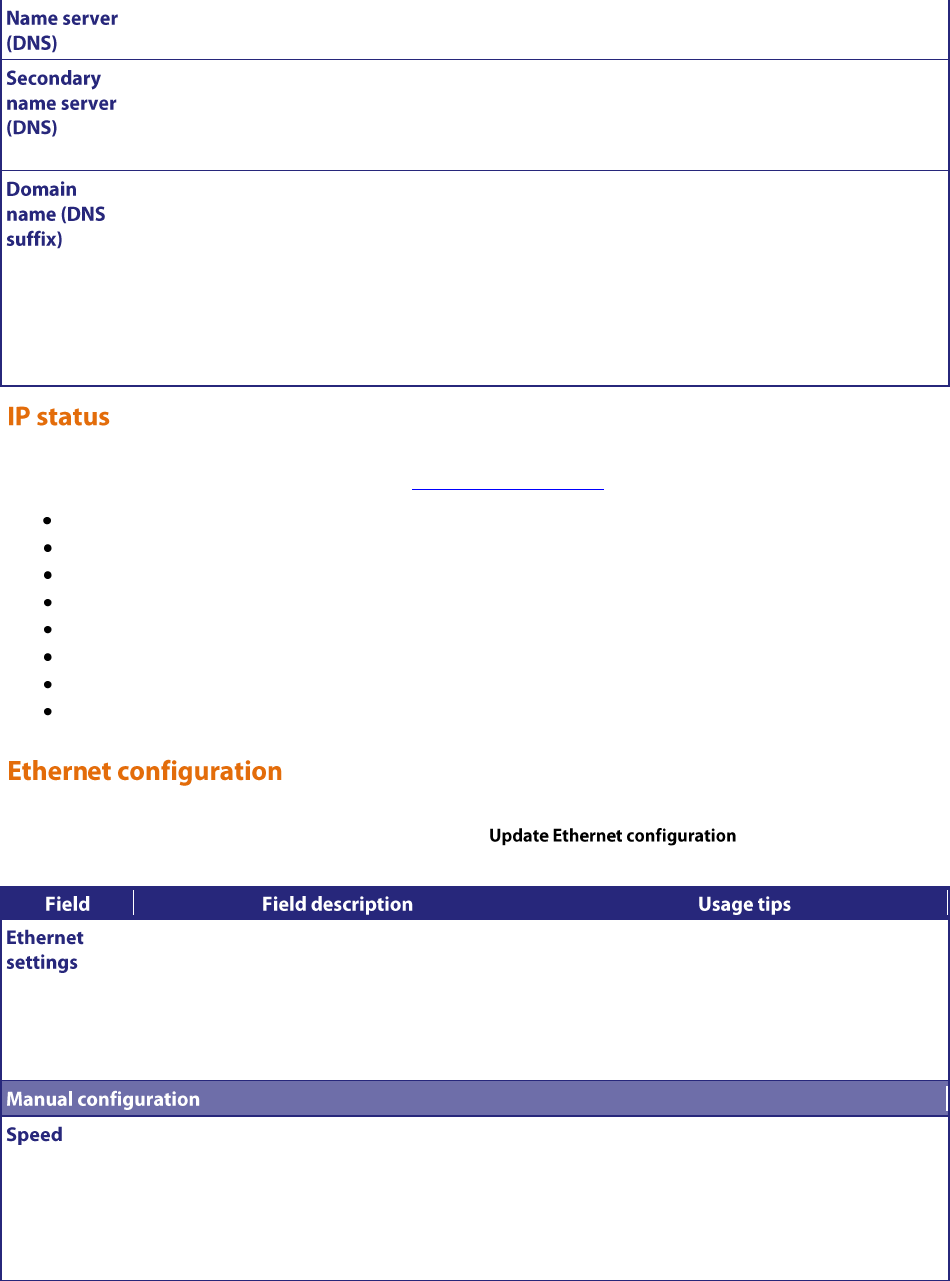
138
Identifies the IP address of the name server.
Identifies an optional second name server.
The secondary DNS server is only used if the first
is unavailable. If the first returns that it does not
know an address, the secondary DNS server will
not be queried.
Specifies an optional suffix to add when
performing DNS lookups.
This can allow you to use non-fully qualified host
names when referring to a device by host name
instead of IP address.
For example, if the domain name is set to
codian.com, then a request to the name server to
look up the IP address of host endpoint will
actually lookup endpoint.codian.com.
Use the IP Status fields to verify the current IP settings for the appropriate Ethernet port of the MCU, which were
obtained using DHCP or configured manually (see IP configuration settings) including:
Host name
DHCP
IP address
Subnet mask
Default gateway
Name server (DNS)
Secondary name server (DNS)
Domain name (DNS suffix)
These settings determine the Ethernet settings for the appropriate port of the MCU. Refer to the table for assistance
with these settings. When you have finished, you must press to make the changes take
effect.
Specify whether you want this Ethernet port to
automatically negotiate its Ethernet settings with
the device it is connected to, or if it should use
the values that you specify in the Manual
configuration fields below.
It is important that your Ethernet settings match
those of the device to which this port is
connected. For example, both devices must be
configured to use automatic negotiation, or both
configured with fixed and matching speed and
duplex settings (see below).
Identifies the connection speed: 10 Mbit/s or 100
Mbit/s. Use automatic negotiation if a connection
speed of 1000 Mbit/s is required.
The connection speed must match that of the
device to which this port is connected.
You only need to select this option if you have
chosen manual Ethernet settings, as described
above.




